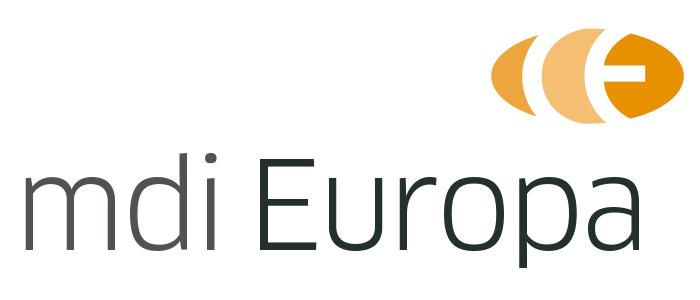The European Commission has fallen behind when it comes to providing guidance and structures required to support the in vitro medical devices sector in timely compliance with Regulation (EU) 2017/746 on in vitro diagnostic medical devices (IVDR) causing fears that safe products will have to be taken off the market.
Notified Bodies have a difficult challenge ahead trying to manage the demand that is coming from IVD medical device manufacturers who are looking for audits under the IVDR. This is as a result of about 80% of IVD products being reclassified from the IVD Directive (IVDD), where a Notified Body was rarely involved, into a risk class, B, C or D under the IVDR, where a Notified Body is mandatory.
There are still many structures not in place for IVD devices, chiefly the European reference laboratories and expert panels necessary for class D IVD products. The sector also requires more Notified Bodies designated against the IVDR. At the moment there are only 4 compared with 22 under the IVDD, where only about 10% of products require a Notified Body.
It is also vital that the required guidance to support compliance with the IVDR comes as quickly as possible. Regarding, for example, companion diagnostics, which fall chiefly into Class C, guidance is urgently required due to the length of time needed for companies and Notified Bodies to adjust to that guidance.
Source: Medtech Insight (an Informa product)
To receive further information on this subject, please notice the following articles and content on our website
- Browse our website by keyword IVDR.
- Read our paragraph “Major aspects of the MDR”.
- Read our paragraph “Major aspects of the IVDR”.
- Read our article “Most important changes on MDR“.
- Read our article “Most important changes on IVDR“.





